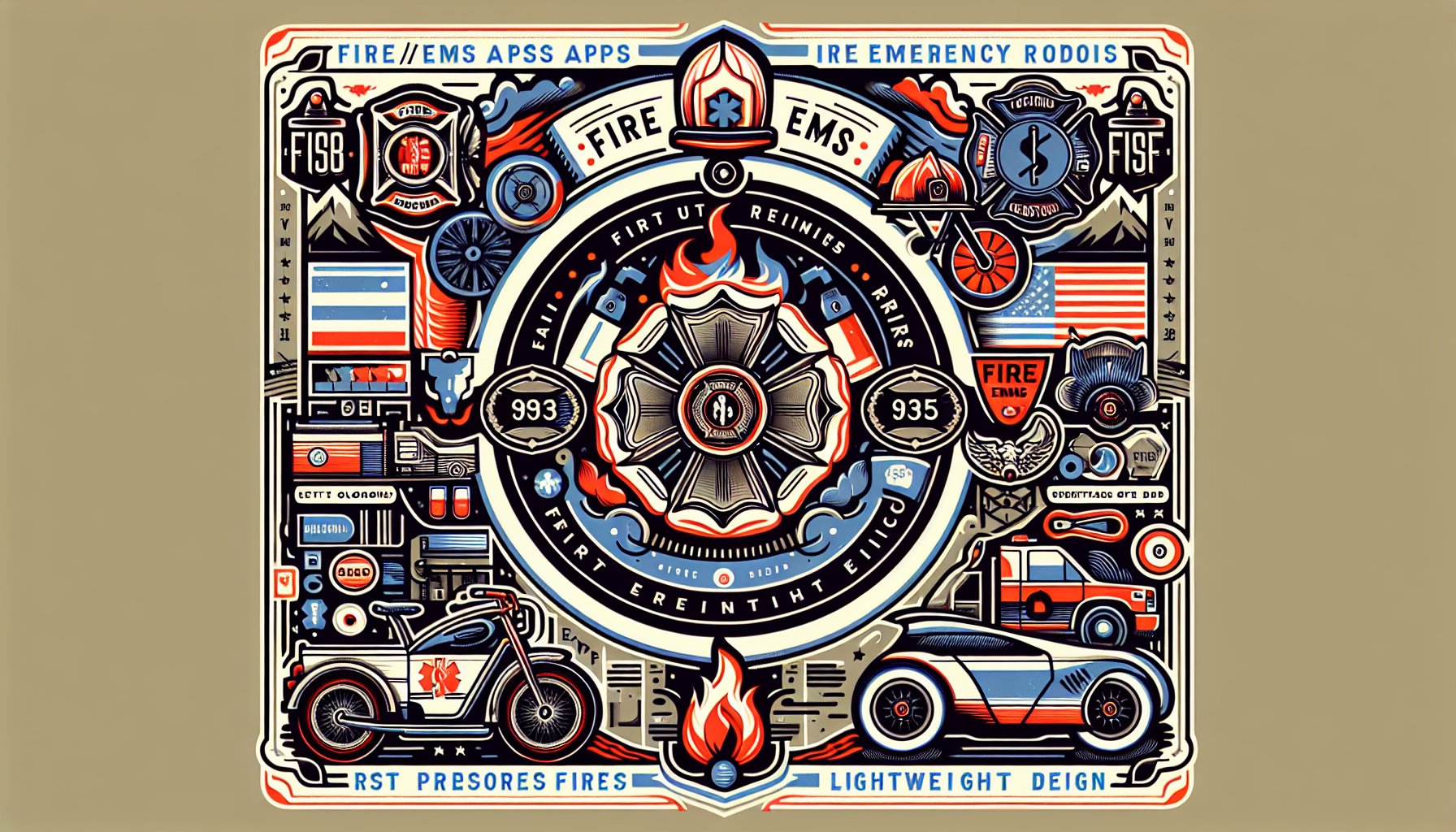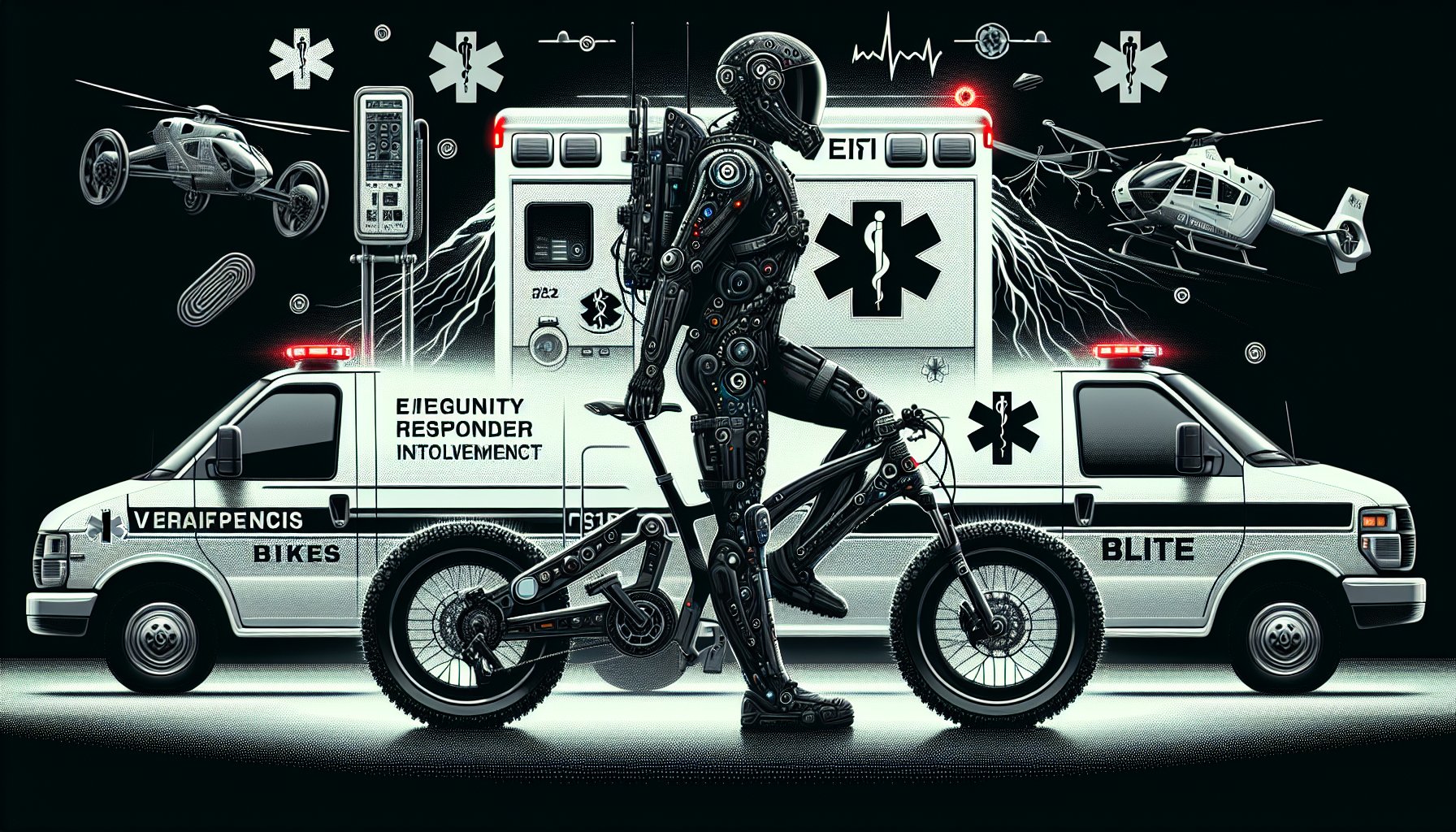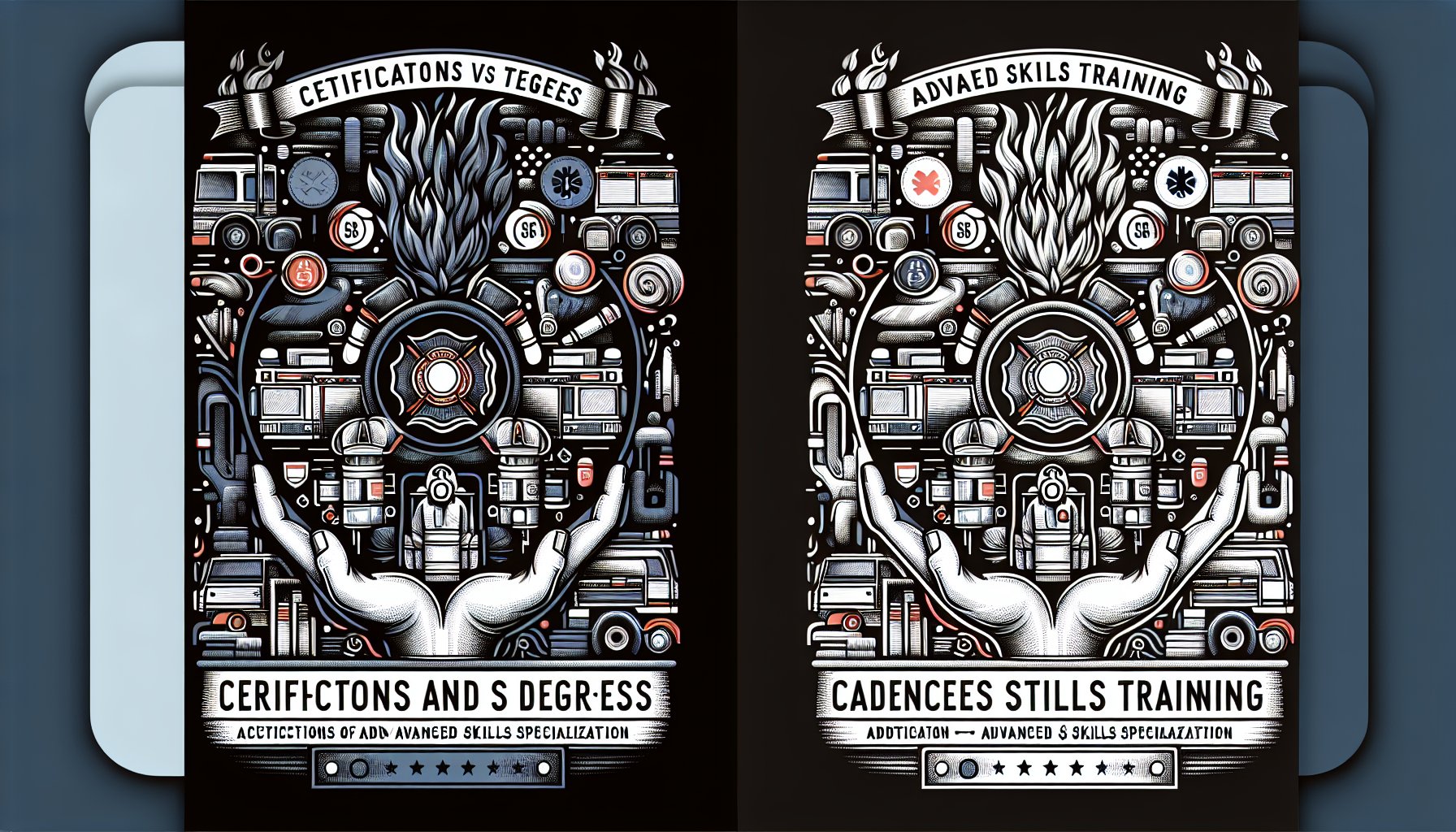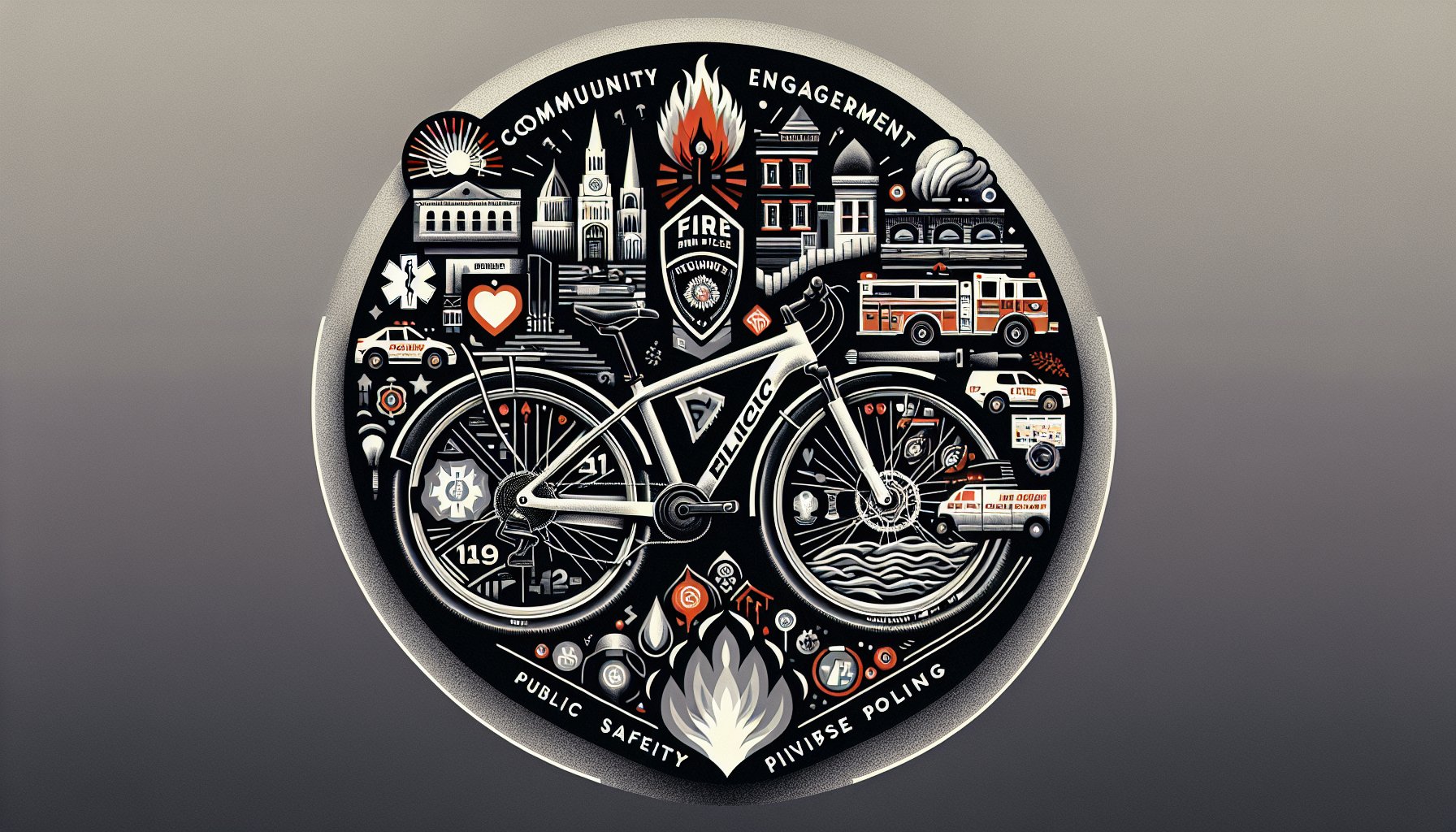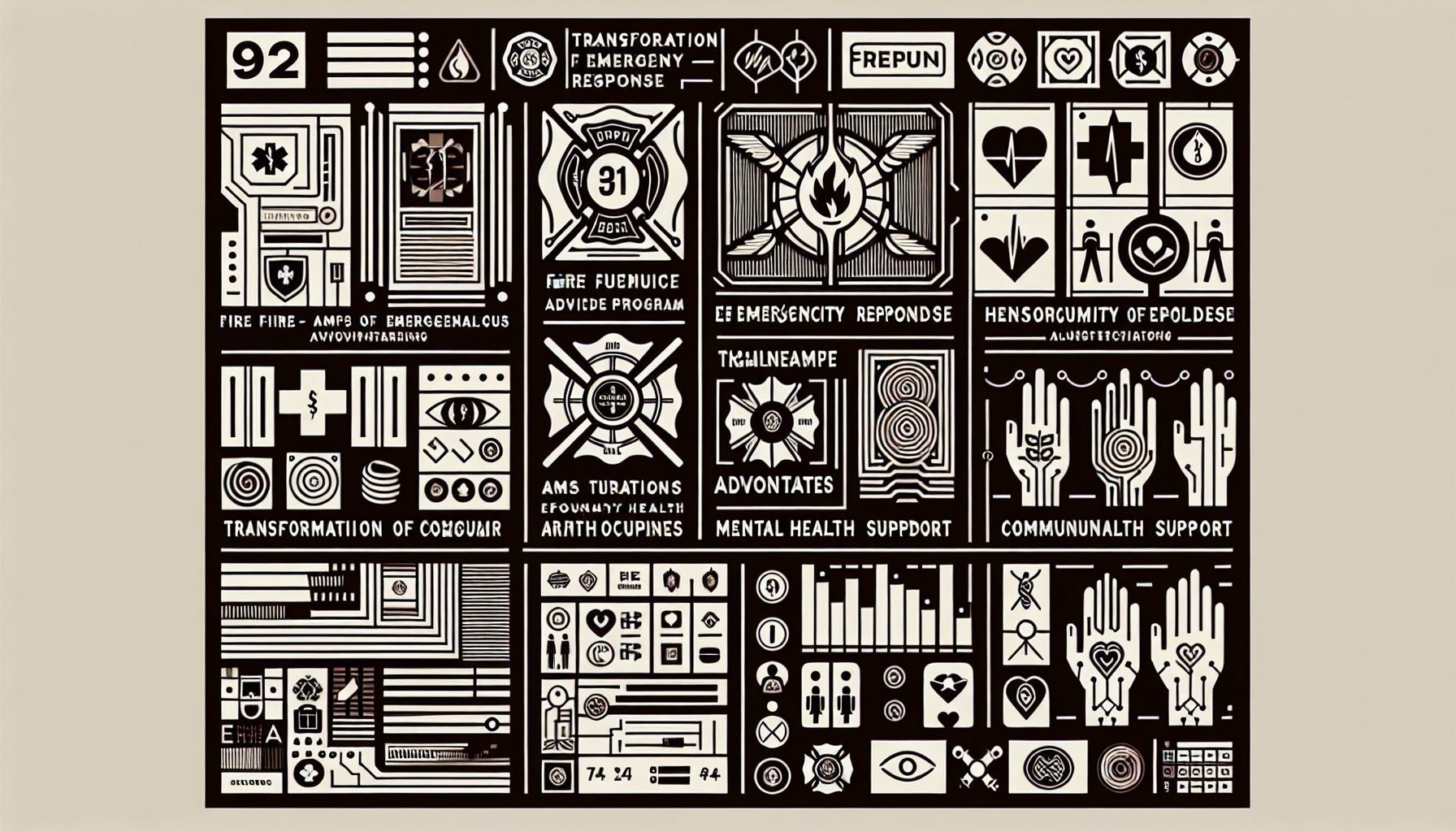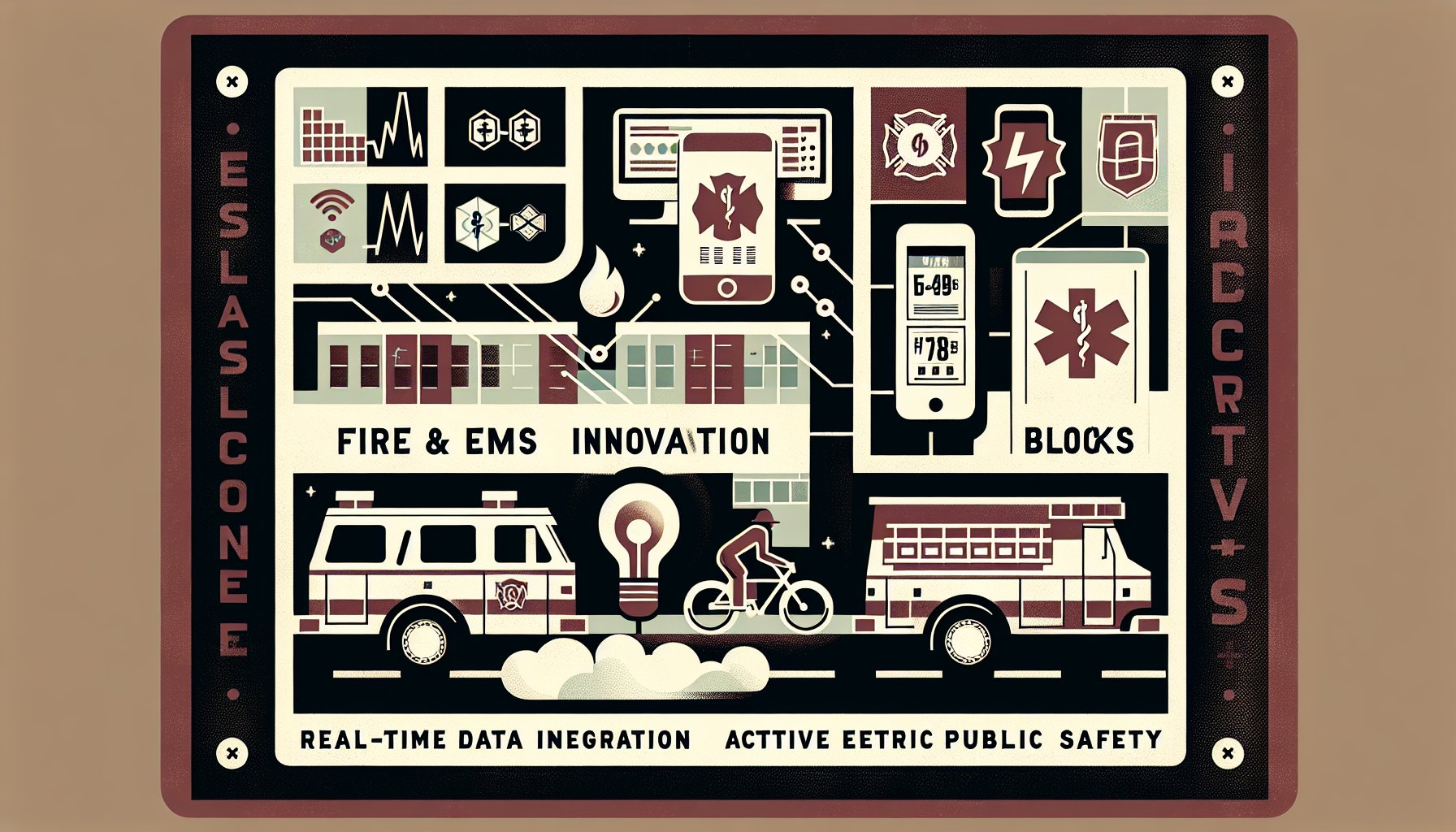Fire/EMS APB
Fire/EMS APB Training: Essential Skills for Modern Emergency Responders
Discover how Fire/EMS APB Training is revolutionizing emergency response. From high-tech simulations to bike EMTs, learn essential skills that prepare modern responders for any crisis.
Sep 17, 2025
7 min read
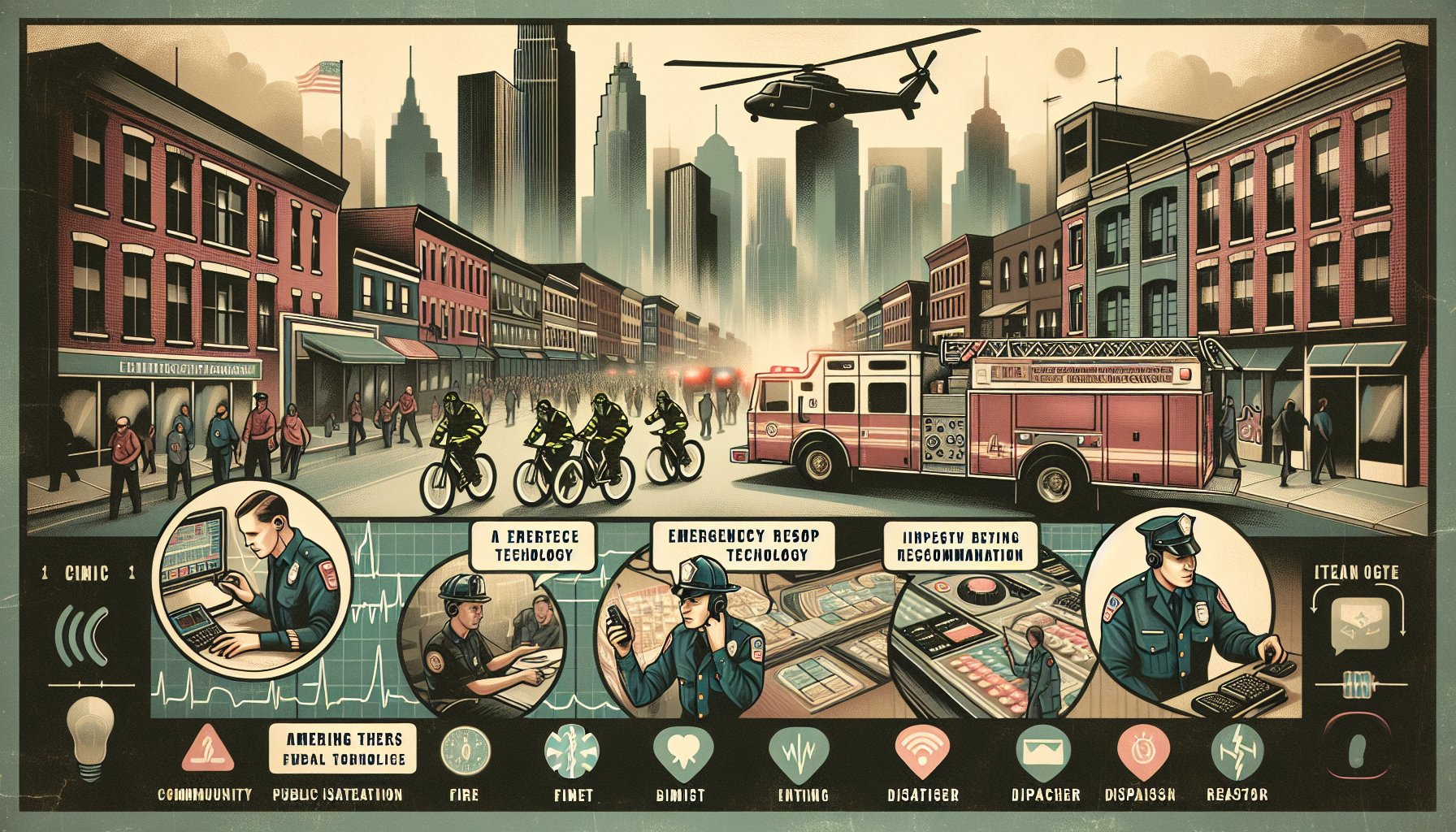
Fire/EMS APB Training: Essential Skills for Modern Emergency Responders
Riding the Line: From Smoke Signals to Simulators
In the adrenaline-fueled realm of emergency response, every tick of the clock resonates with the urgency of life or death. The evolution of training for fire and EMS professionals has been nothing short of a modern alchemy. Gone are the days when training was a solitary trek through the basics of fire extinguishing or CPR. Now, it’s a symphony of integrated approaches where fire meets EMS, forged in the fires of disaster and public health crises. This evolution nods to the increasing complexity of emergencies and the diverse skill sets our heroes now wield. It's a tale that stitches the past with the present, showing us a vibrant path of progress and adaptation.
Historically, the firefighter and the EMS responder worked in parallel universes; one was all about dousing flames, the other reviving the breath of life. However, the 21st century, with its storms and plagues, has hammered home the need for unity, a seamless ballet of fire services and EMS, communicating, deciding, and acting as one. Technology has sprinkled its magic dust here too, morphing hands-on learning into high-tech simulations where scenarios are crafted from both detail and data, allowing responders to practice judgment and decision-making skills under virtual duress.
But what about the human element? After all, flashing lights and high-tech gadgets don’t account for the psychological toll. Training now encompasses resilience, stress management, and mental health awareness, reminding us that being a responder involves more than strength and speed; it's about being a rock for those who are crumbling.
Fire in the Saddle: When Speed Meets Pedal Power
In the concrete jungles of today's cities, where asphalt rivers flow with gridlock, the bicycle emerges as the nimble steed of choice for emergency responders. Picture this: a sun-drenched festival, throngs of people, and then, the unthinkable. Enter the bike EMT, weaving through the crowd faster than you can say "out of the way, please!" With nary a siren, they're there, offering immediate care with agility and speed that would leave even the Flash envious.
The rise of bike-based response units is not just about beating traffic jams. It’s about reenvisioning logistics, creating a seamless link between dispatchers and responders, and embracing sustainability. The bikes, armed with defibrillators and first aid kits, dash through urban callings like nimble surgeons, ready to operate wherever the need may arise.
Beyond the Basics: Dispatchers Reimagined
Now, let’s sidestep to the unsung conductors of this life-saving orchestra, the dispatchers. They're holding a baton of technology, wielding real-time data like seasoned maestros. With a mere whisper over the wire, they can transform chaos into calm. They're not just relaying calls; they're offering first-aid instructions, employing empathy like a balm, and coordinating multi-agency responses with the finesse of a diplomat.
Today’s dispatchers must juggle tech skills with emotional intelligence, ensuring each call is not just answered, but heard. Their intricate dance involves weaving together the needs of callers and responders, painting a vivid picture for the units rushing to the scene.
Pedal Power: Bicycles in Emergency Response
Back we go to our pedal pushers, the bicycle teams in Fire/EMS. In a world where traditional vehicles often find themselves ensnared in urban sprawl, the bike EMTs find their footing, or, more aptly, their cycling. These responders embrace the city's pulse, navigating alleyways and crowded spaces, turning what could be a rescue roadblock into a streamlined operation.
With environmental benefits as the cherry on top, these bike units bolster the visible presence of emergency services, becoming a symbol of health, readiness, and community engagement. In the pedal stroke of innovation, these teams prove that sometimes the simplest solutions are the most revolutionary.
The Art of Communication: The Dispatchers' Dance
Communication is the heartbeat of crisis response. Picture a dispatcher, headset on, clipped words painting vivid pictures of chaos, directing an unseen waltz of responders toward salvation. These telecommunicators, often working with the clock ticking ominously in the background, rely on more than just technology. They're the bridge between panic and resolution, guiding callers through life-saving procedures with the calm of a seasoned pilot navigating a storm.
The evolution in communication technology has transformed how we manage crises, but it’s the skill, swift thinking, and emotional intelligence of dispatchers that turn potential chaos into symphonies of salvation.
Real-World Rescue: Tales from the Telecommunicators
The stories of telecommunicators like Jenna and Marcus underscore the critical fusion of technology and humanity in emergency response. They share tales of turning fear into action, bolstered by robust training and emotional intelligence. Jenna, guiding a panicked mother through CPR, and Marcus, orchestrating complex multi-agency responses, showcase how these dispatchers are not just voices, but lifelines.
Tactical Training: Simulating the Storm
Tactical training has traded rote memorization for scenario simulations, giving responders a taste of the unpredictable chaos they may face. Whether it's a simulated building collapse or a mass casualty event, the aim is precision, where trainees develop both critical skills and psychological readiness.
This training fosters teamwork and inter-agency collaboration, ensuring that when real-life emergencies strike, responders move with practiced confidence, every action a calculated step toward resolution.
Fitness Meets Preparedness: The Physical Edge
Emergency responders are not just mentally equipped, they’re physical powerhouses. Imagine firefighters, each step laden with gear, navigating infernos with the dexterity of athletes. Research links fitness to injury prevention and cognitive function, proving what responders have known all along: a fit responder is an effective responder.
Fitness training programs now emphasize functional fitness, preparing responders for the unique demands of their roles, reinforcing that physical readiness is inextricably tied to the effectiveness of emergency response.
Community Connections: Forging Bonds
The heart of emergency response beats loudest in the community. Dispatchers, now telecommunicators, transform from mere voices on the line to emotional anchors, building rapport and enhancing response outcomes. Understanding community dynamics allows responders to tailor their interventions, enhancing both service delivery and community trust.
Community engagement transforms citizens from passive recipients of services into active participants in their own safety, with outreach programs and feedback loops fostering genuine connections.
The Future is Now: Technological Triumphs
With technology as the compass, the emergency response landscape is rapidly evolving. Innovations like GIS technology provide real-time data, arming responders with detailed insights into traffic, hazards, and resources. AI-driven analytics predict trends, and drones add eyes in the sky, continually reshaping the response framework.
The future of emergency response hinges on this blend of technology and humanity, where dispatchers and responders adapt and evolve, ensuring help is just a call away.
Transforming Trauma: Lifelong Learning
In an arena where trauma is a constant companion, lifelong learning becomes the key to transformation and resilience. Programs focusing on psychological resilience empower responders to manage trauma, not just in others but within themselves. Embracing continuous education fosters a culture where mental health is not just acknowledged but prioritized, transforming trauma into narratives of growth and empowerment.
By investing in their personal and professional development, first responders enhance the quality of care they provide, ensuring that in facing chaos, they stand ready and resolute.
TL;DR: In an ever-evolving world, Fire and EMS training has morphed from basic drills into a high-tech, human-centric dance. With bicycles in urban emergencies, sophisticated dispatch training, and lifelong learning, responders are more prepared than ever. It's about blending tech with humanity and fitness with preparedness, all while forging strong community connections. In this dynamic landscape, help is always just a call, and a bike pedal, away.

Need Help?
Check out these related products that can help:
 My Account
My Account